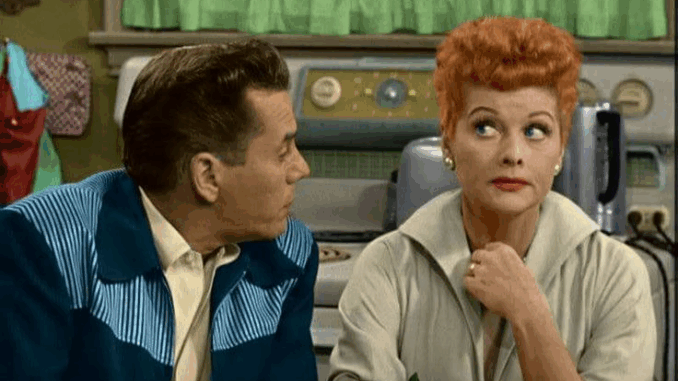
When I Love Lucy premiered on October 15, 1951, it didn’t just mark the beginning of one of the most iconic sitcoms in American TV history; it revolutionized the medium. The show introduced viewers to Lucy Ricardo (played by Lucille Ball), a quirky housewife with big dreams of becoming a star, and her husband Ricky Ricardo (played by Desi Arnaz), a Latin musician. Together, they formed a perfect comedic duo that would forever change the landscape of American television.
The first season, consisting of 35 episodes, aired from October 1951 to May 1952, and quickly became a cultural phenomenon. What set the show apart from its contemporaries was its production quality and the chemistry between the leads. I Love Lucy was one of the first TV shows to be filmed using 35mm film instead of being broadcast live, a decision that would have a significant impact on television production. This allowed for higher-quality visuals and the ability to air reruns, something that was unheard of at the time.
Each episode centered around Lucy’s hilariously misguided attempts to break into show business and support her husband’s career, despite her complete lack of any relevant skills. Her antics often led to slapstick comedy, and her interactions with Ricky became iconic. Notable episodes from season one include “The Diet” and “The Audition,” where Lucy tries and fails to slim down in the most absurd ways, or when she nervously attempts to impress Ricky’s band with her singing talent. These episodes showcased Lucille Ball’s remarkable ability to deliver physical comedy with impeccable timing, establishing her as one of the most beloved comedic actresses of all time.
In addition to the humor, the season’s success can also be credited to its relatable content. The dynamic between Lucy and Ricky mirrored the complexities of many real-life marriages, with the couple frequently at odds but ultimately supporting each other in the most endearing ways. This blend of humor and heart made I Love Lucy a show that resonated with viewers on a personal level and helped establish its place in TV history.
